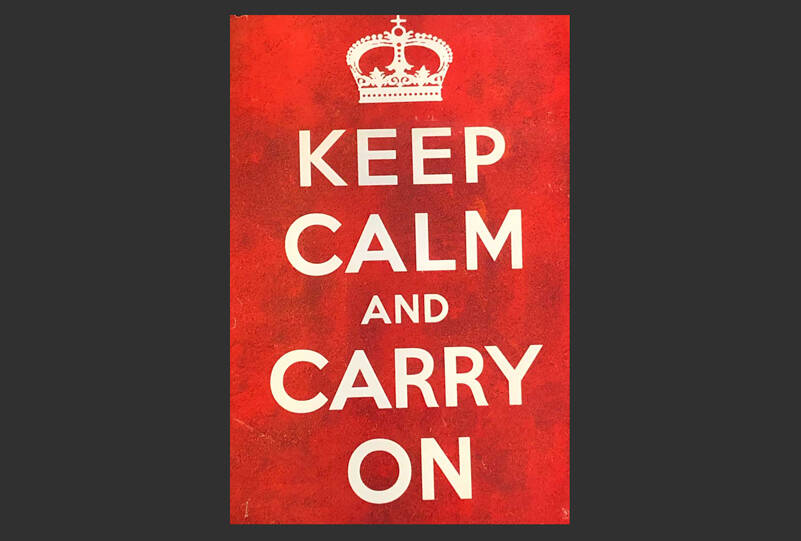By Morf Morford, Tacoma Daily Index
At some level, we all know that “The Big One” – the massive earthquake that will literally upend everything here in the Pacific Northwest – is inevitable.
Whether it comes next week or ten, of fifty or a hundred years from now, we all know that it is on our horizon somewhere. Sometime.
But, ready or not, the Pacific Northwest will be hit with another massive earthquake originating in the not-so-visible, far underground, and aptly named, Cascadia Subduction Zone.
A whole lot of shakin’ going on
There certainly will be a lot of shaking going on.
But there will be a lot more than just shaking.
Every aspect of everything that keeps us connected with everyone, and everything, else is likely to be disrupted. Probably immediately.
And almost certainly for a long time.
This is unlikely to be the typical power outage that lasts a few hours. Every cable, waterline, utility line and natural gas pipeline is likely to be weakened, if not broken entirely.
To put it simply, toxic fumes, sparks, water, open sewage and live power lines are likely to be just about everywhere.
Dress in layers – of layers
Who knows what the weather will be like on the day of our infamous “Big One”, but you can count on our usual variable weather.
And who knows what time it will be, or where any of us will be, but plan “B” or “C” or even “D” will be crucial.
Where to meet, how to contact each other and what to do next are only a few of the questions that will suddenly emerge from the abstract and become the most pressing issues, perhaps of our lifetimes.
Be prepared
Preparation is a strange thing.
At one level, there is no such thing as being fully prepared. On the other side, any amount of preparation is better than none.
When that day arrives, we will realize what we should have done.
But for most of us, what we have done so far is good enough. No matter how little (or how much) that might be.
Food, water and shelter are central to survival.
Knowing what to do, or even more importantly, what NOT to do, could save your life – and the lives around you.
Preparation for “The Big One” is an entirely different animal than preparation for other natural disasters.
Those who live in tornado-prone areas have “safe rooms”, those who live in flood zones plan accordingly with building accommodations or by moving to higher ground.
Tornadoes, hurricanes and even most floods, have seasons and some even have relatively predictable tracks.
No earthquake seasons
As most of us know, an earthquake, large or small, can happen any time. Almost any place.
Yes, we have faults, and exposed areas, but we also have active volcanoes and glaciers that, depending on force and season, could have dramatically different impacts.
Solid building codes will help. But we will only know how helpful they are after being tested by the ultimate stress test; “The Big One”.
In short, think about all the things you use or need through out a typical day – or week – and set up multiple ways to access them if you should need to.
Storing some things outside, in a garage or in a vehicle might be a good alternative.
And, as a reminder, aftershocks aren’t necessarily smaller than the first quake – they just come after. Some aftershocks cause more damage than the initial quake.
As with most challenges and catastrophes, our best preparation is mental. If we can avoid panic, we can keep our minds clear to prioritize and make the best use of what we have at hand in those most precarious moments. Keeping calm could save your life – and those around you.
You can panic or collapse with a clear conscience after the shaking stops.
One or more than one?
The real problem with “The Big One” is that we have no way of knowing if it is, in fact, “The Big One” or just one of a series, or even the opening salvo of an era of seismic activity.
In other words, what we might be thinking of as “The Big One” might just be the beginning.
To track earthquake activity on a global scale, keep an eye on this USGS earthquake map. The USGS website tracks seismic activity by intensity and time frame. The most recent quakes are color coded. The size of the circles denotes their size and scale.
To get a reading on our readiness, researchers at Lewis & Clark College, in consultation with local disaster management experts and with funding from the National Science Foundation, have put together a simulation.






